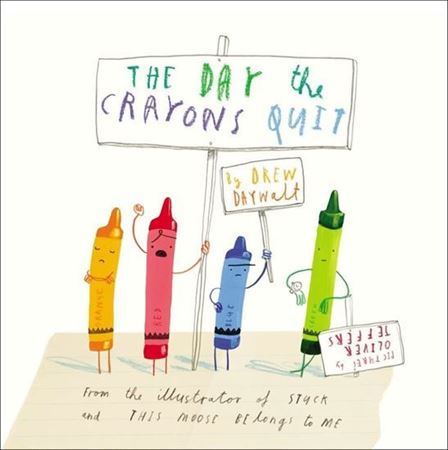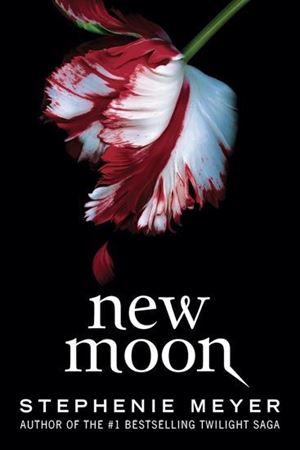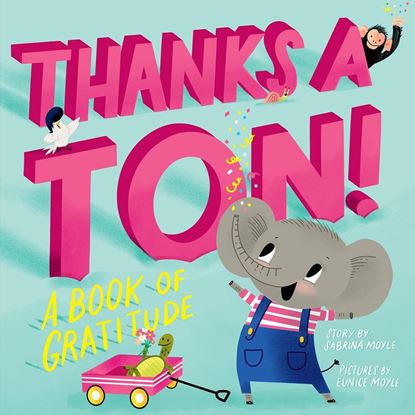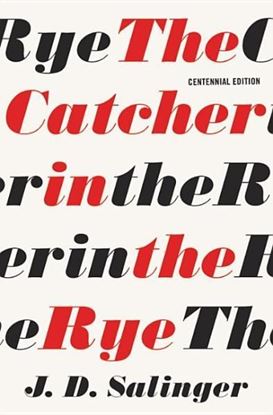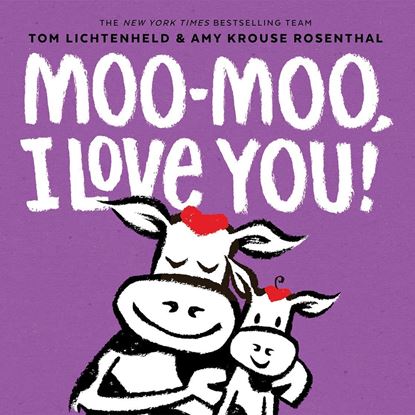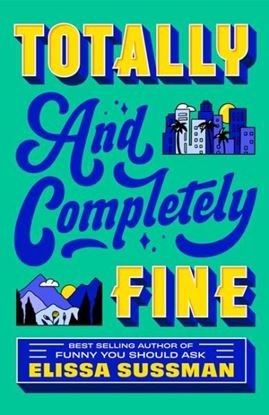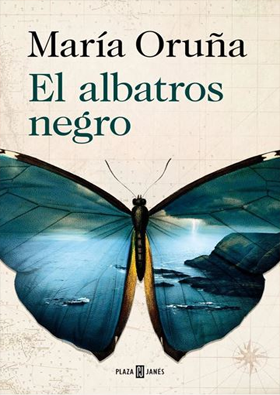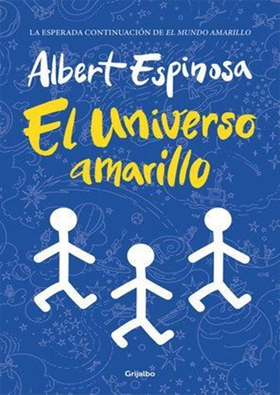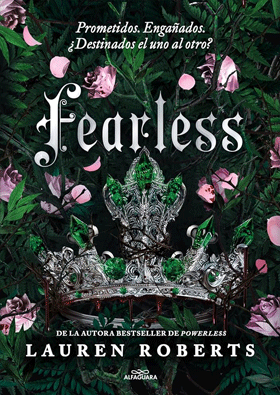

BORED NO MORE!
Act out a play
Bounce a ball
Call a friend
Dance down the hall
Whether you’re home with the flu or stuck inside on a snowy day, this lively picture book offers fun suggestions for families looking to step away from their screens. Julie Reiters’s bold and graphic art style is sure to appeal to readers of all ages, and the poetic text makes for a smooth read-aloud. With options from A to Z, Bored No More! is sure to provide inspiration for what to do when there’s nothing to do!
1,250
THE DRAGON REPUBLIC (2) (PB)
The war is over.
The war has just begun.
Three times throughout its history, Nikan has fought for its survival in the bloody Poppy Wars. Though the third battle has just ended, shaman and warrior Rin cannot forget the atrocity she committed to save her people. Now she is on the run from her guilt, the opium addiction that holds her like a vice, and the murderous commands of the fiery Phoenix—the vengeful god who has blessed Rin with her fearsome power.
Though she does not want to live, she refuses to die until she avenges the traitorous Empress who betrayed Rin’s homeland to its enemies. Her only hope is to join forces with the powerful Dragon Warlord, who plots to conquer Nikan, unseat the Empress, and create a new republic.
But neither the Empress nor the Dragon Warlord are what they seem. The more Rin witnesses, the more she fears her love for Nikan will force her to use the Phoenix’s deadly power once more.
Because there is nothing Rin won’t sacrifice to save her country . . . and exact her vengeance.
1,450
LOVE TAILS
Every dog has a tail. Every tail has a tale. Some tails are long. And some tails are short and sweet. Some tails are new. And some tails end too soon. But, no matter the tale, every tail has a happy ending, every tail wiggles and wags, which is a dog’s way of saying . . . I love you!
995
THE BURNING GOD (3) (PB)
After saving her nation of Nikan from foreign invaders and battling the evil Empress Su Daji in a brutal civil war, Fang Runin was betrayed by allies and left for dead.
Despite her losses, Rin hasn’t given up on those for whom she has sacrificed so much—the people of the southern provinces and especially Tikany, the village that is her home. Returning to her roots, Rin meets difficult challenges—and unexpected opportunities. While her new allies in the Southern Coalition leadership are sly and untrustworthy, Rin quickly realizes that the real power in Nikan lies with the millions of common people who thirst for vengeance and revere her as a goddess of salvation.
Backed by the masses and her Southern Army, Rin will use every weapon to defeat the Dragon Republic, the colonizing Hesperians, and all who threaten the shamanic arts and their practitioners. As her power and influence grows, though, will she be strong enough to resist the Phoenix’s intoxicating voice urging her to burn the world and everything in it?
1,450
PARABLE OF THE SOWER
When global climate change and economic crises lead to social chaos in the early 2020s, California becomes full of dangers, from pervasive water shortage to masses of vagabonds who will do anything to live to see another day. Fifteen-year-old Lauren Olamina lives inside a gated community with her preacher father, family, and neighbors, sheltered from the surrounding anarchy. In a society where any vulnerability is a risk, she suffers from hyperempathy, a debilitating sensitivity to others' emotions.
Precocious and clear-eyed, Lauren must make her voice heard in order to protect her loved ones from the imminent disasters her small community stubbornly ignores. But what begins as a fight for survival soon leads to something much more: the birth of a new faith . . . and a startling vision of human destiny.
1,400
THANKS A TON! (A HELLO!LUCKY BOOK)
Here’s a hug. A trophy. The kitchen sink! This book will give you TONS of ideas for how to say “THANKS” when words just aren’t enough.
With their bold style and sidesplitting humor, the Hello!Lucky team offers this book of gratitude as one big thank-you to the people in our lives.
“A humorous story with energetic illustrations that can help young children learn about gratitude.” —School Library Journal
Read all the books in the Hello!Lucky Series:
My Mom Is Magical! | My Dad Is Amazing! | Super Pooper and Whizz Kid | Kindness Rules! | Christmas Is Awesome! | Go Get ’Em, Tiger! | Thanks a Ton! | Sloth and Smell the Roses | You Are Fantastic! | School Is Cool! | Bananas for You! | My Grandma Is Great! | My Grandpa Is Grand! | Hang in There! | Halloween Is a Treat! | Thanks a Ton! | My Brother Is the Best! | My Sister Is Super!
650
GO GET 'EM, TIGER! (A HELLO!LUCKY BOOK)
The Hello!Lucky team brings their signature humor and colorful style to this inspirational book celebrating accomplishments big and small. It’s a charming reminder that fierce and bold, young or old, you’re one cool cat!
Perfect as a graduation and birthday gift, and to share anytime.
“Each spread inside gives readers a boost. Congratulatory cheerleading and wise whimsy to celebrate accomplishments of all sorts.” —Kirkus
Read all the books in the Hello!Lucky Series:
My Mom Is Magical! | My Dad Is Amazing! | Super Pooper and Whizz Kid | Kindness Rules! | Christmas Is Awesome! | Go Get ’Em, Tiger! | Thanks a Ton! | Sloth and Smell the Roses | You Are Fantastic! | School Is Cool! | Bananas for You! | My Grandma Is Great! | My Grandpa Is Grand! | Hang in There! | Halloween Is a Treat! | Thanks a Ton! | My Brother Is the Best! | My Sister Is Super!
650
THE CATCHER IN THE RYE
"If you really want to hear about it, the first thing you'll probably want to know is where I was born, and what my lousy childhood was like, and how my parents were occupied and all before they had me, and all that David Copperfield kind of crap, but I don't feel like going into it, if you want to know the truth."
The hero-narrator of The Catcher in the Rye is an ancient child of sixteen, a native New Yorker named Holden Caufield. Through circumstances that tend to preclude adult, secondhand description, he leaves his prep school in Pennsylvania and goes underground in New York City for three days.
1,450
MOO-MOO, I LOVE YOU!
Simple and silly, this is a fun book to read out loud over and over again.
The book describes all the ways in which you can love a child, with every sentence containing a word that has been changed into a moo-word: moo-sic, sch-moo-zing, hu-moo-r, and even moo-zarella! The bold illustrations and simple color scheme add to the fun of the story.
This sweet, funny bedtime story is from Tom Lichtenheld and Amy Krouse Rosenthal, creators of such perennial favorites as I Wish You More.
650
TOTALLY AND COMPLETELY FINE
In her small Montana hometown, Lauren Parker has assumed a few different roles: teenage hellraiser; sister of superstar Gabe Parker; and most recently, tragically widowed single mother. She's never cared much about labels or what people thought about her, but dealing with her grief over the loss of her husband Spencer has slowly revealed that she's become adrift in her own life.
Then she meets the devilishly handsome actor Ben Walsh on the set of her brother's new movie. They have instant chemistry, and Lauren realizes that it has been far too long since someone has really and truly seen her. Her rebellious spirit spurs her to dive headfirst into her desire, but when a sexy encounter becomes something more, Lauren finds herself balancing old roles and new possibilities.
There's still plenty to contend with: small-town rumors, the complications of Ben's fame, and her daughter's unpredictable moods. An unexpected fling seemed simple at the time--so when did everything with Ben get so complicated? And is there enough room in her life for the woman Lauren wants to be? Alternating between Lauren's past with Spencer and her present with Ben, Totally and Completely Fine illuminates what it means to find a life-changing love and be true to oneself in the process.
950

